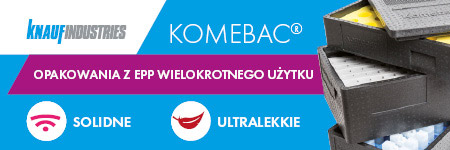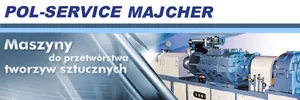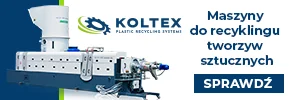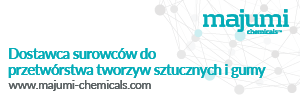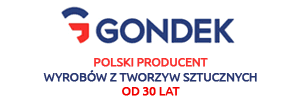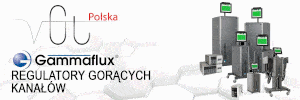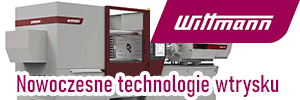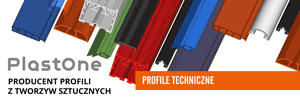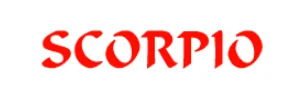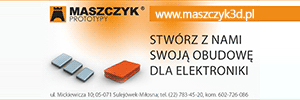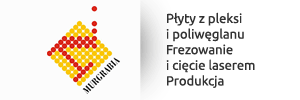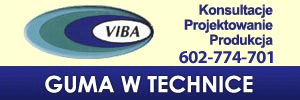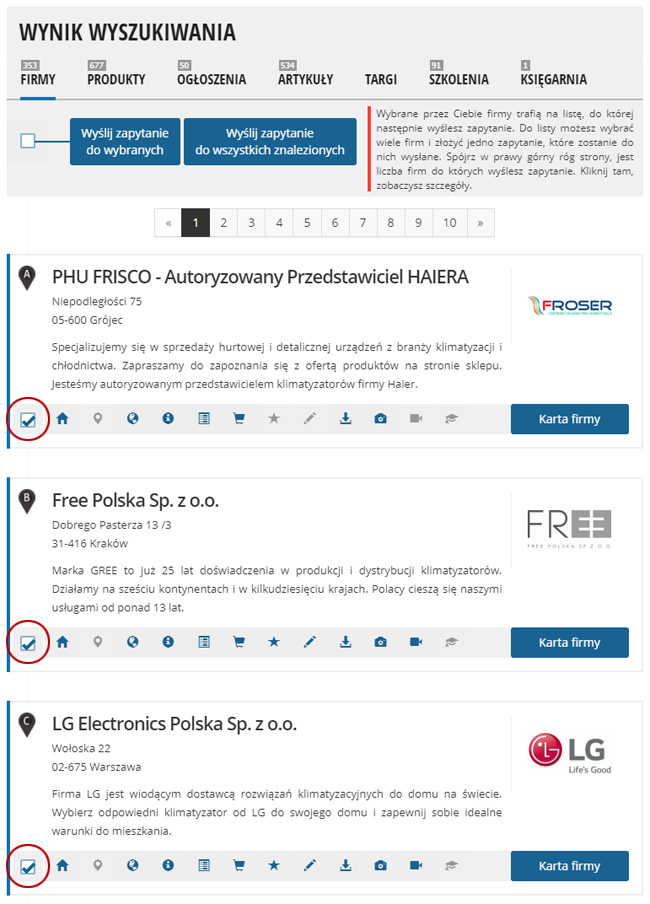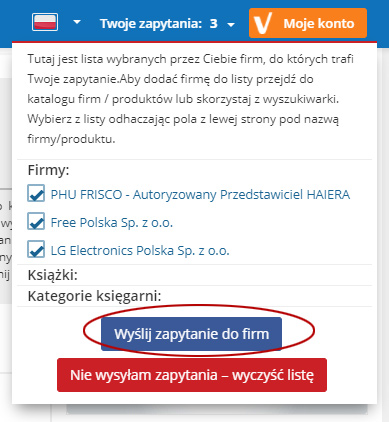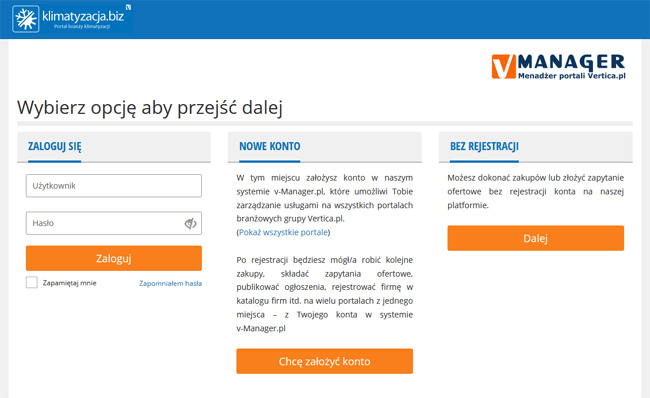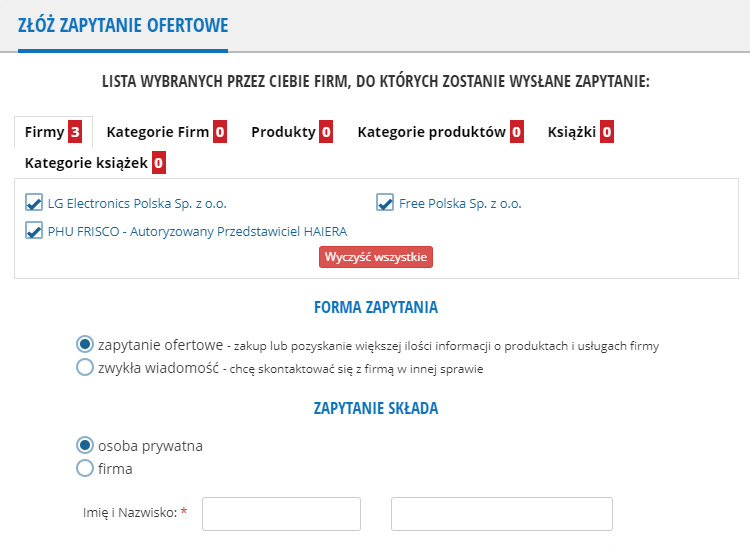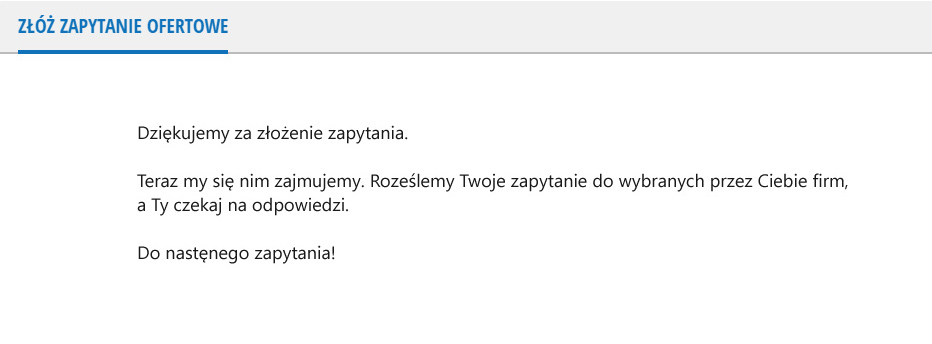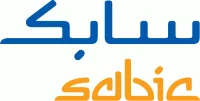 |
At the Aircraft Interiors Expo SABIC’s Innovative Plastics business today announced two new grades of LEXAN™ CFR copolymers – an industry first that will help aircraft OEMs, designers and manufacturers realize new weight-out strategies while meeting the industry’s strict regulatory demands. These innovative and compliant materials enable customers to produce parts with thinner walls, which help reduce interior weight of an aircraft. This is another demonstration of SABIC’s continued commitment in developing fresh approaches to the ongoing challenge of aircraft weight reduction.
“These materials represent a major step forward in thin-wall designs for aircraft interiors,” said Kim Choate, Global Mass Transportation Leader, Innovative Plastics. “They can help meet the challenges manufacturers are having with traditional materials, particularly transparent resins that do not support regulatory compliance at thinner gauges. Our LEXAN CFR copolymers, however, meet the most stringent FST standards while opening up entirely new opportunities to reduce weight and conserve space in a wide array of interior applications.”
Breakthrough and Robust FST Performance
The new polycarbonate (PC) copolymers give customers the ability to mold or extrude parts with very thin walls (down to 1.5mm) while complying with leading flame, smoke and toxicity (FST) standards with halogen-free flame retardant technology to support sustainability. LEXAN CFR5630 copolymer, available in transparent and opaque formulations, is a material of choice for lenses, light rails and seating components, while LEXAN CFR5630D copolymer, the diffusion grade, is aimed at light-emitting diode (LED) lighting applications
LEXAN CFR5630 and CFR5630D grades meet the requirements of the FAR 25.853 vertical burn test at 1.5mm – a milestone for PC materials. These grades also passed the test at 2mm and 3mm. In addition, SABIC will qualify each single production lot according to the FAR 25.853 regulation to assure customers of its suitability for use in aircraft cabin interiors.
For smoke density according to ASTM E662, the materials performed extremely well at low rates such as Ds 58 (at 3mm) and Ds 68 (at 2mm) according to independent lab testing. Compared to competitive materials such as polyvinyl chloride/polymethyl methacrylate (PVC/PMMA), which can experience compliance issues, the SABIC grades meet tough commercial toxicity standards from Airbus and Boeing.
These non-brominated, non-chlorinated, non-phosphate and non-halogenated flame-retardant SABIC materials also comply with major environmental protocols such as the European Union (EU) Directive on Restriction of Hazardous Substances (RoHS) and TCO99 International, supporting environmental responsibility.
Versatility in Processing with Shear Thinning
An important advantage of these new grades is their ability to be used for both extrusion and injection molding applications. Typically, customers would require two different products with different flow behaviors for extrusion and injection molding. LEXAN CFR5630 and CFR5630D grades have a special feature called the shear-thinning effect. It allows the product to flow slowly in low shear conditions, such as the extrusion process, and to flow quickly in high-shear processes, such as injection molding. This versatility will enable customers to avoid the effort and time required to certify two different products; instead they can use the same SABIC material for two different processes.
LEXAN CFR5630D copolymer for LED lighting offers wide-angle light scattering for excellent aesthetics combined with optimal light transmission. This material can be used for a range of aircraft lighting applications. It is ultraviolet (UV)-stabilized for improved color stability over the lifetime of the part. We offer it in five pre-selected diffusive colors.
LEXAN CFR5630 copolymer is available as transparent and in multiple colors, which can be developed upon customers’needs.
For additional information on SABIC’s LEXAN copolymer products, please go to www.sabic-ip.com. For technical product inquiries, please contact us at www.sabic-ip.com/prtechinquiry.
 Dodawaj ogłoszenia, składaj zapytania, promuj swoją Firmę. Jedno konto w systemie vManager pozwala na zarządzanie usługami
na wszystkich portalach Grupy Vertica.pl.
Dodawaj ogłoszenia, składaj zapytania, promuj swoją Firmę. Jedno konto w systemie vManager pozwala na zarządzanie usługami
na wszystkich portalach Grupy Vertica.pl.
 Dodawaj ogłoszenia, składaj zapytania, promuj swoją Firmę. Jedno konto w systemie vManager pozwala na zarządzanie usługami
na wszystkich portalach Grupy Vertica.pl.
Dodawaj ogłoszenia, składaj zapytania, promuj swoją Firmę. Jedno konto w systemie vManager pozwala na zarządzanie usługami
na wszystkich portalach Grupy Vertica.pl.





